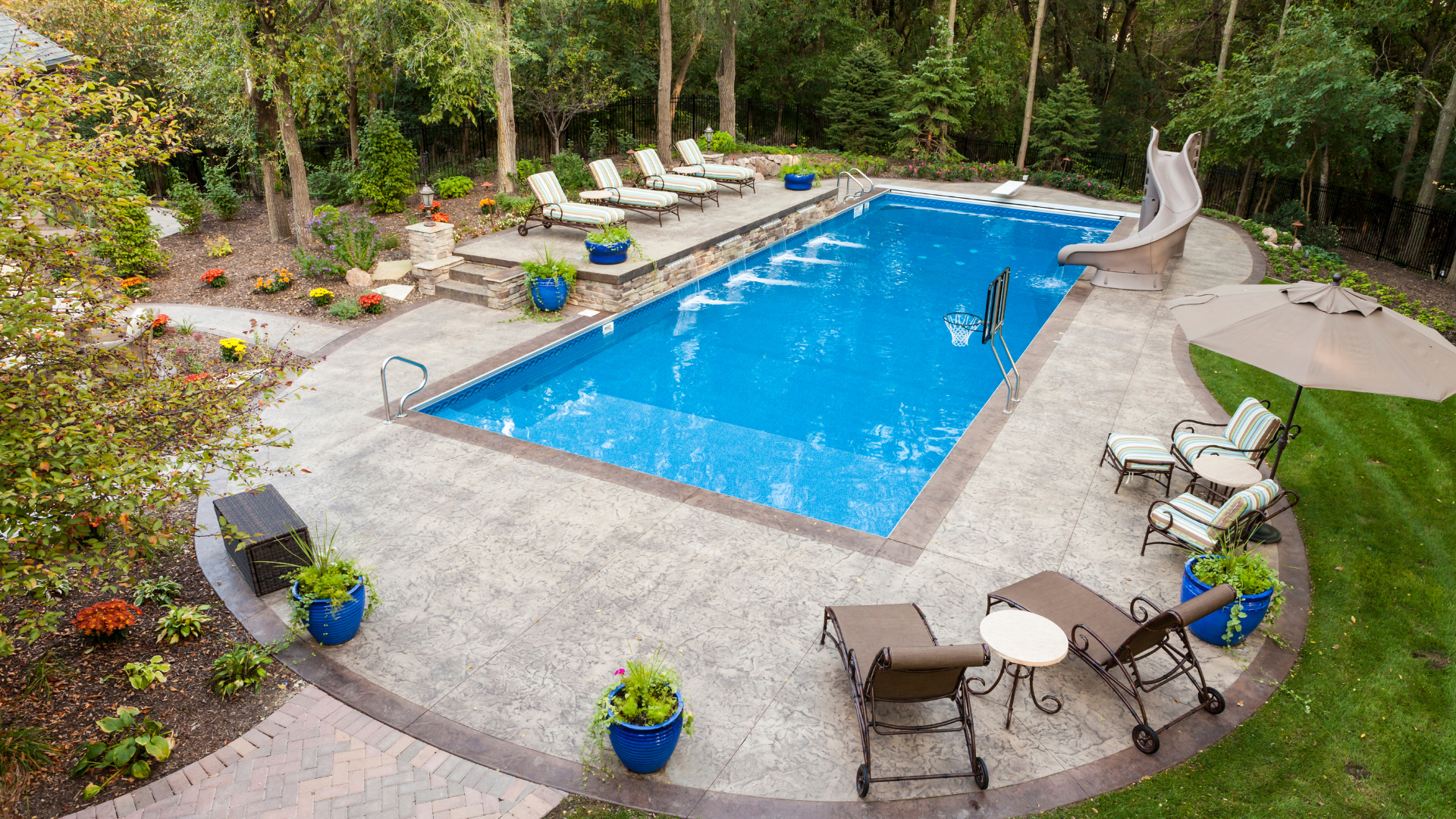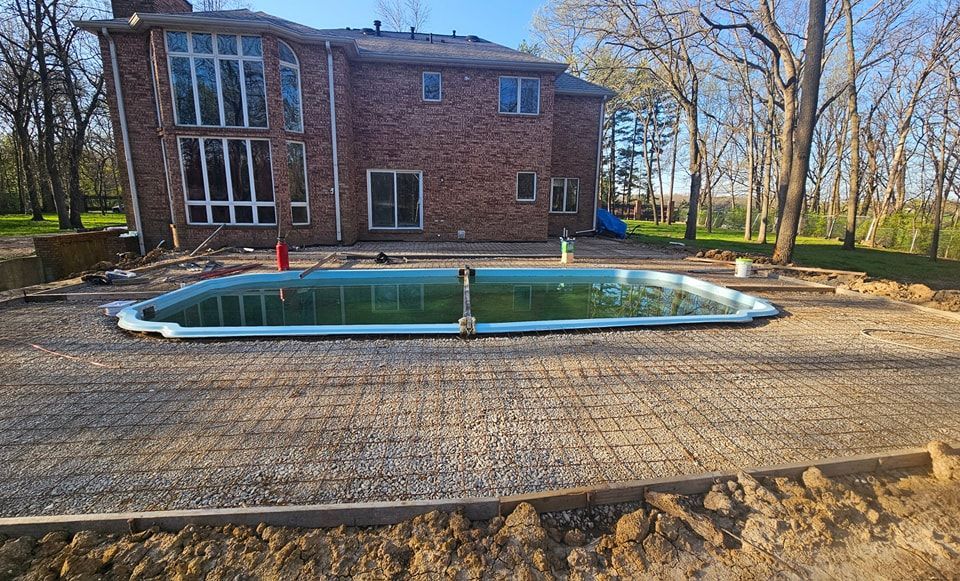Fiberglass vs. Concrete vs. Vinyl Pools
Fiberglass vs. Concrete vs. Vinyl Pools

When homeowners dream of adding a pool, one of the biggest questions is: Which type should I choose? While concrete and vinyl liner pools have been around for decades, fiberglass pools have quickly gained popularity. The reason is simple—they combine beauty, convenience, and long-term value better than other pool types.
FASTER INSTALLATION MEANS LESS WAITING
One of the main frustrations of installing a pool is the timeline. Concrete pools can take 3–6 months to finish, while vinyl liner pools usually require 6–8 weeks. Fiberglass pools, however, arrive as pre-molded shells and can be installed in just 2–4 weeks. That means less disruption to your backyard and more time actually enjoying your investment.
DURABILITY THAT LASTS FOR DECADES
Fiberglass pools are designed to withstand the test of time. Unlike concrete, which often cracks and may require resurfacing, or vinyl liners, which need replacing every 5–10 years, fiberglass is strong and flexible. With proper installation, these pools can last 25+ years with minimal issues.
LOW MAINTENANCE AND OVERALL OWNERSHIP
Nobody wants to spend weekends scrubbing algae or buying buckets of chemicals. Fiberglass pools have a smooth, non-porous surface that resists algae growth. This reduces the amount of chlorine and cleaning products you’ll need. Over time, the savings on maintenance add up, giving you more time to enjoy your pool.
STYLE, COMFORT, AND CUSTOMIZATION
Fiberglass pools aren’t just practical—they look amazing. Today’s designs include built-in steps, tanning ledges, benches, and even spa spillovers. The surface is smooth and comfortable on the skin, unlike the rough texture of concrete. Whether you want a sleek rectangular pool for laps or a freeform shape for family fun, fiberglass offers plenty of options.
ENERGY EFFICIENCY AND COST SAVINGS
Because fiberglass retains heat better than concrete or vinyl, it keeps your water warmer longer. This energy efficiency can lead to significant cost savings over time.






